Ways to encourage wildlife in your garden
Encouraging wildlife in your garden can contribute to biodiversity and create a more vibrant and dynamic outdoor space.
Here are some tips to attract and support various forms of wildlife:
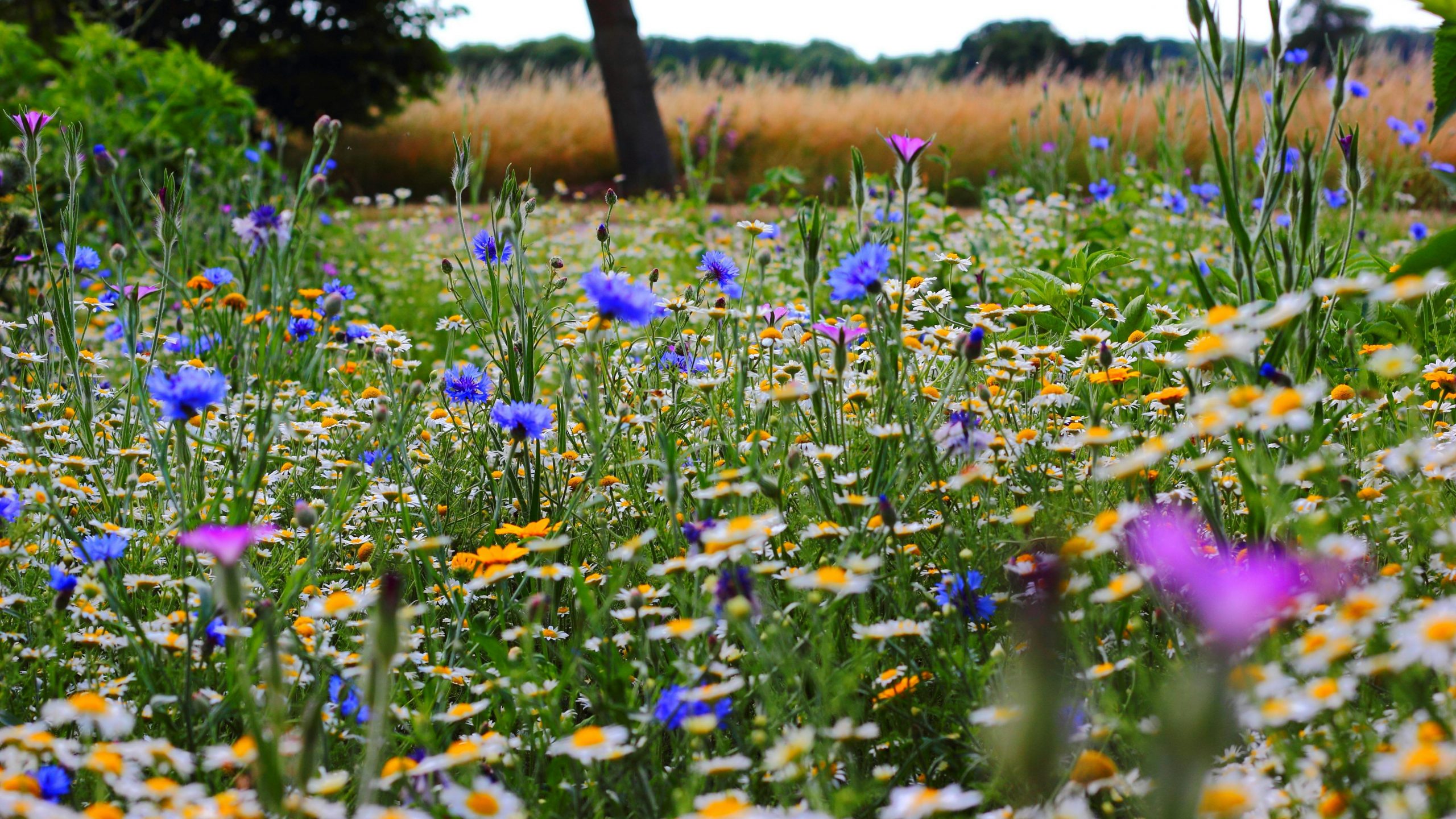
Create Diverse Habitats
Include a variety of habitats in your garden, such as meadows, shrubs, trees, and water features. Different species have different needs, and a diverse landscape will attract a wider range of wildlife.
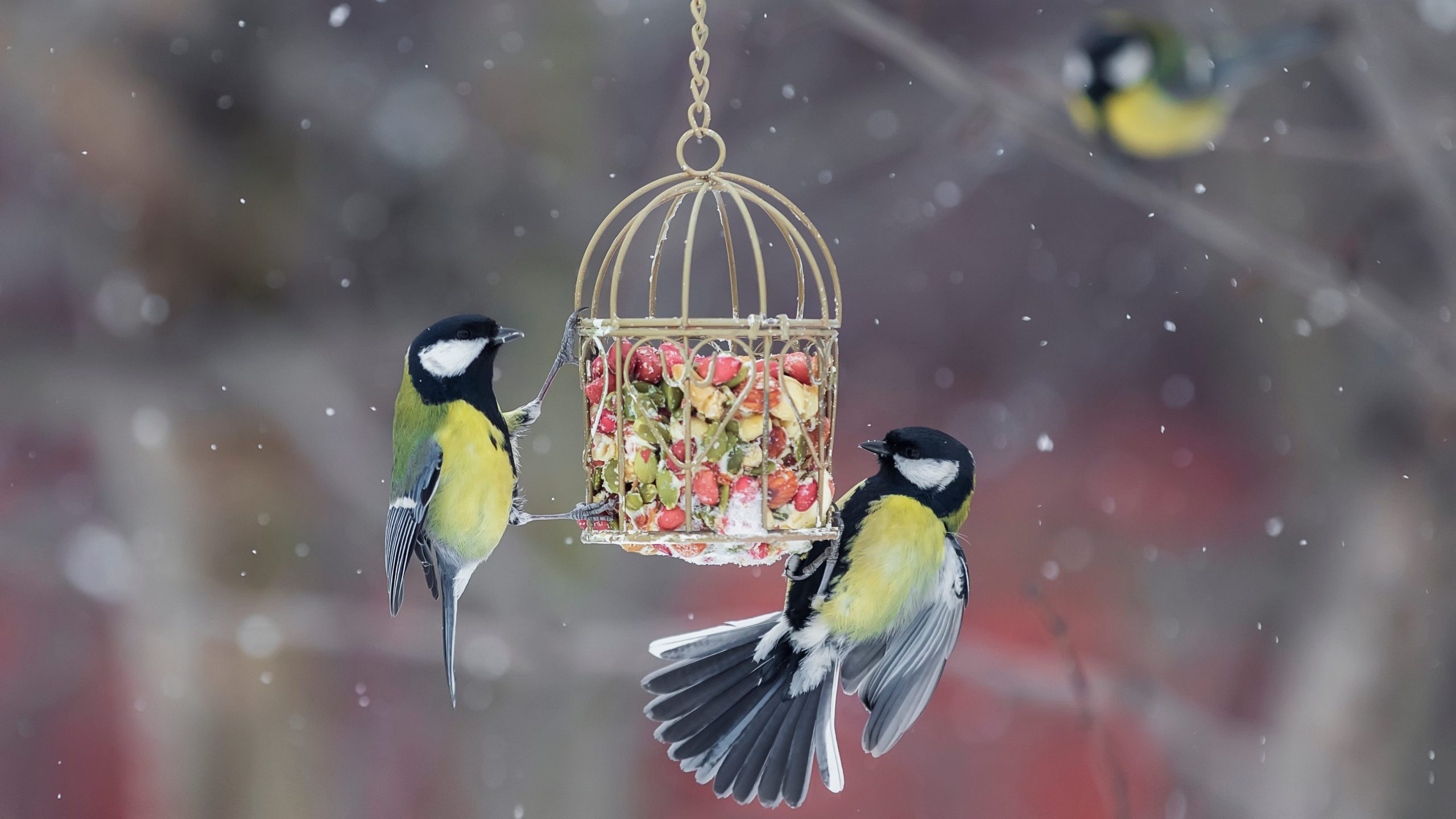
Provide Food Sources
The another great way to invite wildlife into your garden is to provide a source of food for them. Plant flowers that produce nectar for pollinators like bees and butterflies. Install bird feeders with a variety of seeds to attract different bird species – it might be a good idea to research what are the most popular types of the birds that visit your garden. Leave some fruits and berries on plants for birds and other animals.
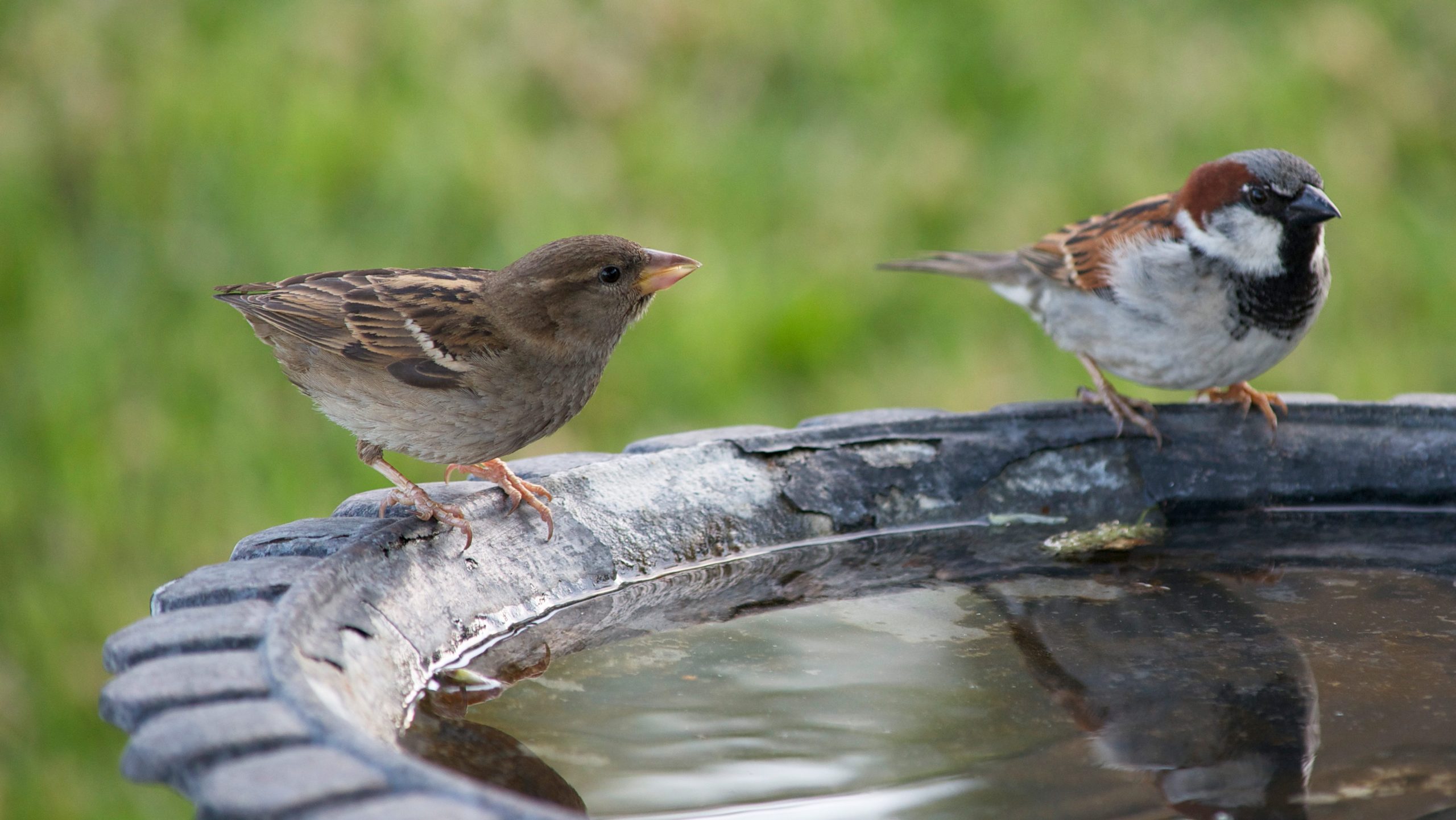
Install Bird Baths and Water Features
Create water sources, such as bird baths or small ponds, to provide drinking and bathing opportunities for birds and other wildlife.
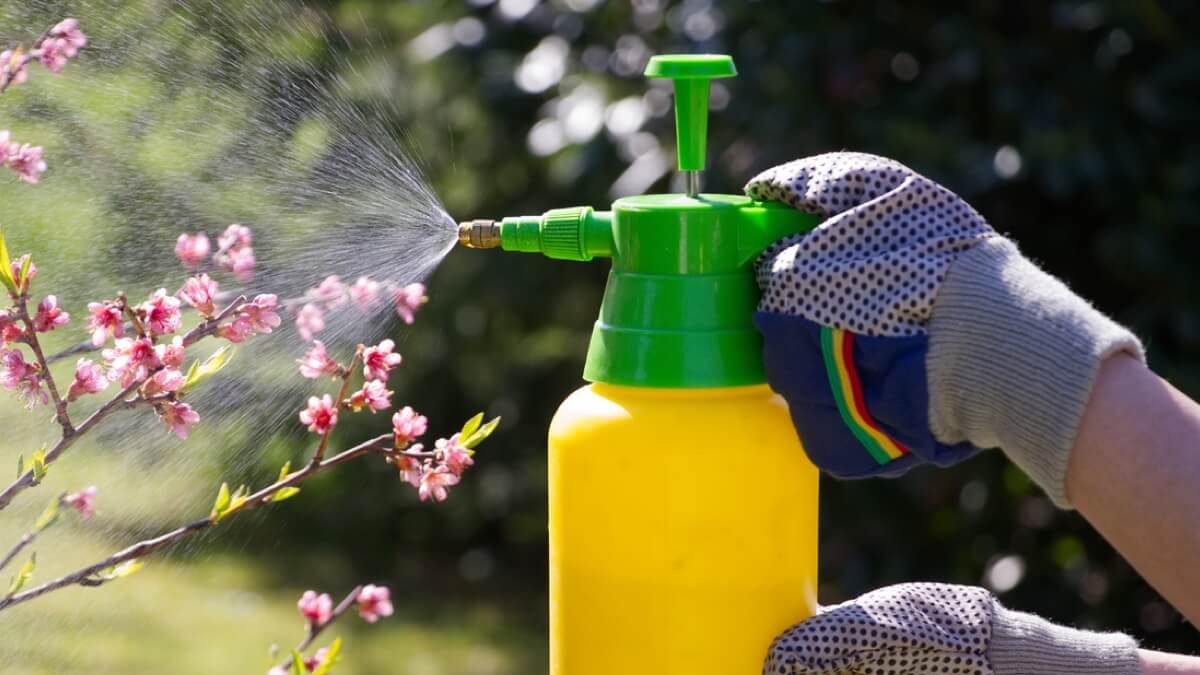
Avoid Pesticides
Minimise the use of pesticides in your garden, as they can harm beneficial insects and disrupt the natural balance of the ecosystem. Try some non-toxic or homemade recipes.
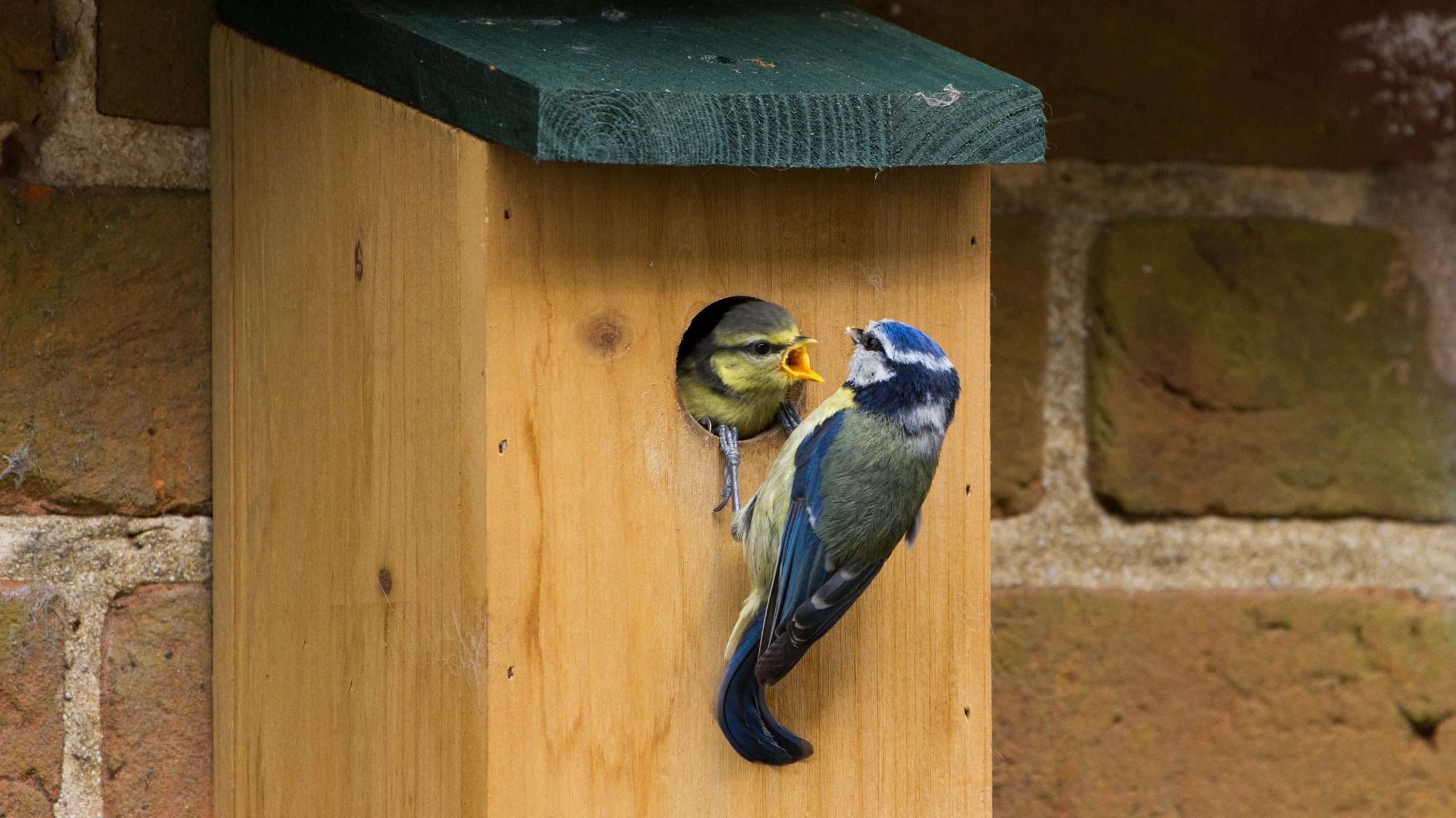
Provide Shelter
Provide shelter in your garden by creating hiding spots with dense vegetation, rock piles, or even bird boxes. These will give animals a safe place to rest and nest.
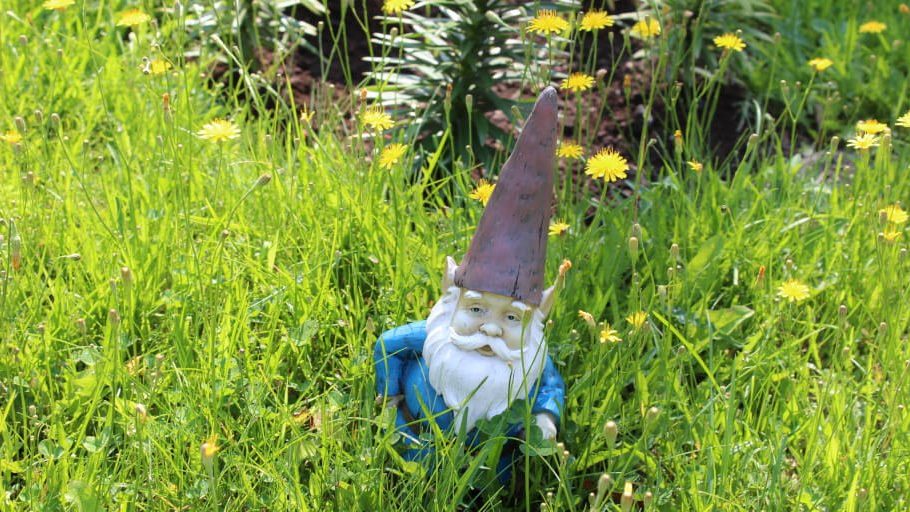
Leave Some Untouched Areas
Spare the strimmer this year and allow some parts of your garden to grow naturally. Wild areas without too much intervention provide homes for insects, small mammals, and birds.
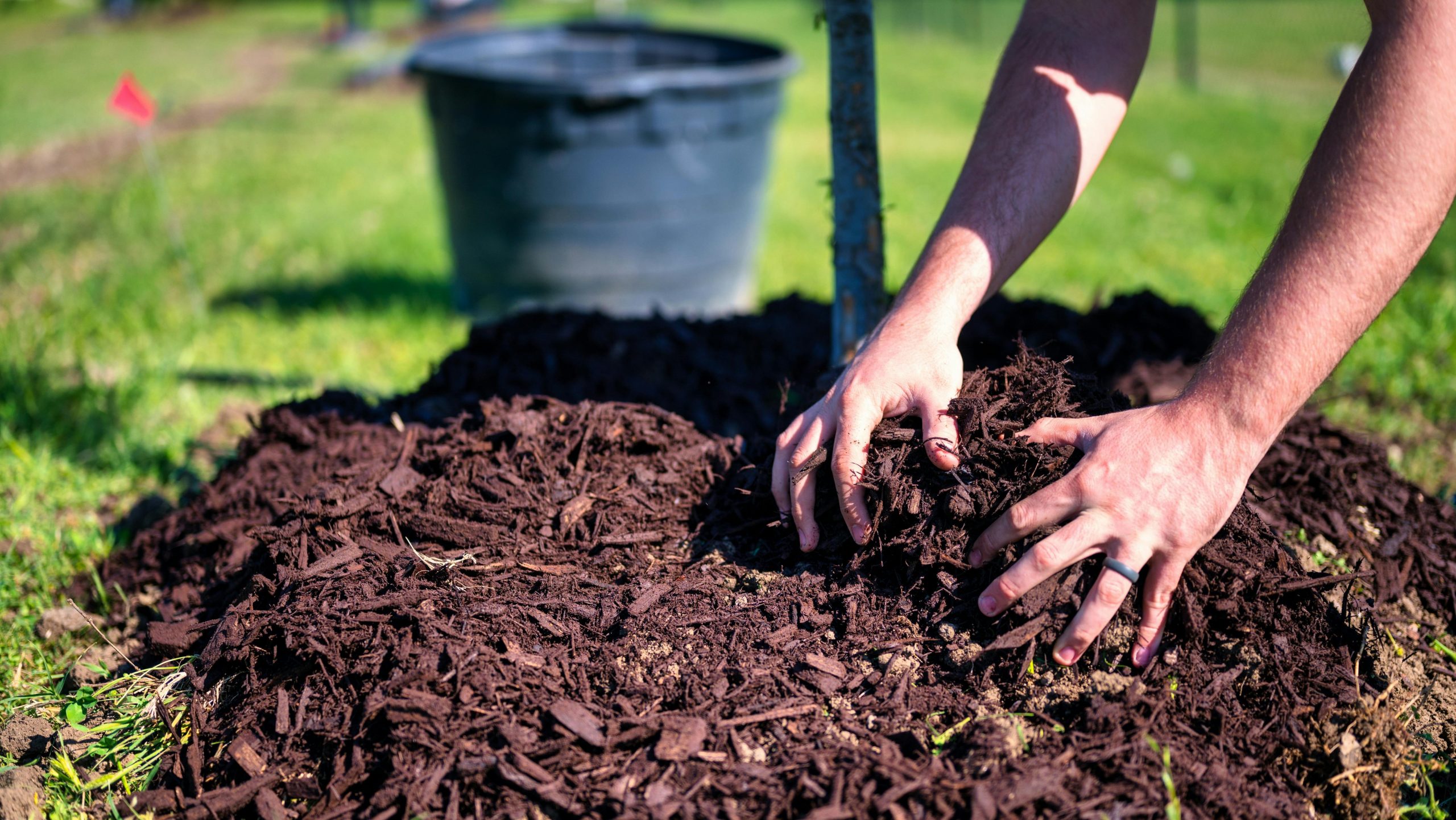
Use Natural Mulch
Instead of chemical mulch, use natural materials like wood chips or leaves. This provides habitat for insects and encourages a healthier soil ecosystem.
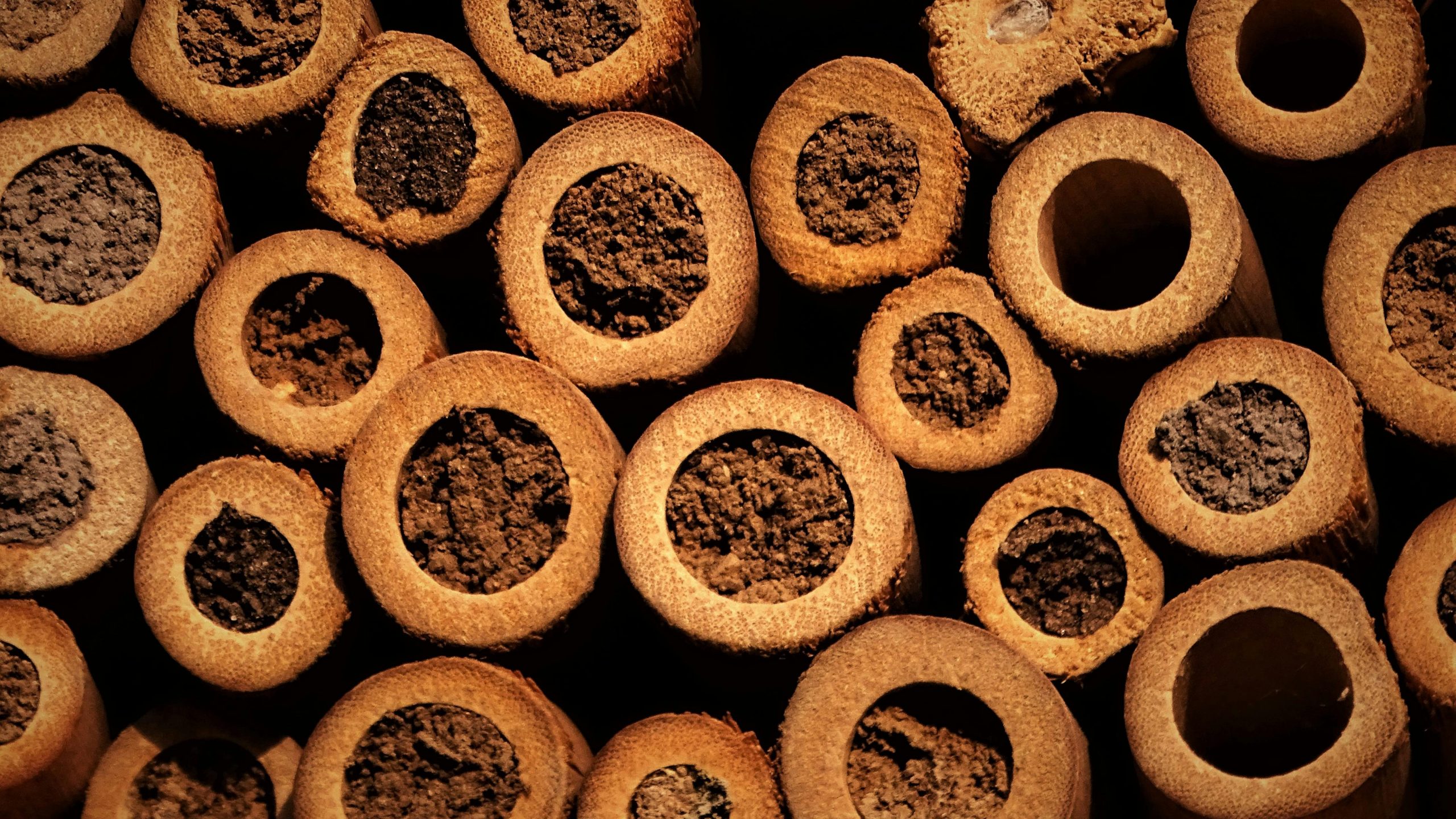
Build Insect Hotels
Construct insect hotels or bug houses using natural materials like bamboo, sticks, and straw. These provide shelter for beneficial insects.
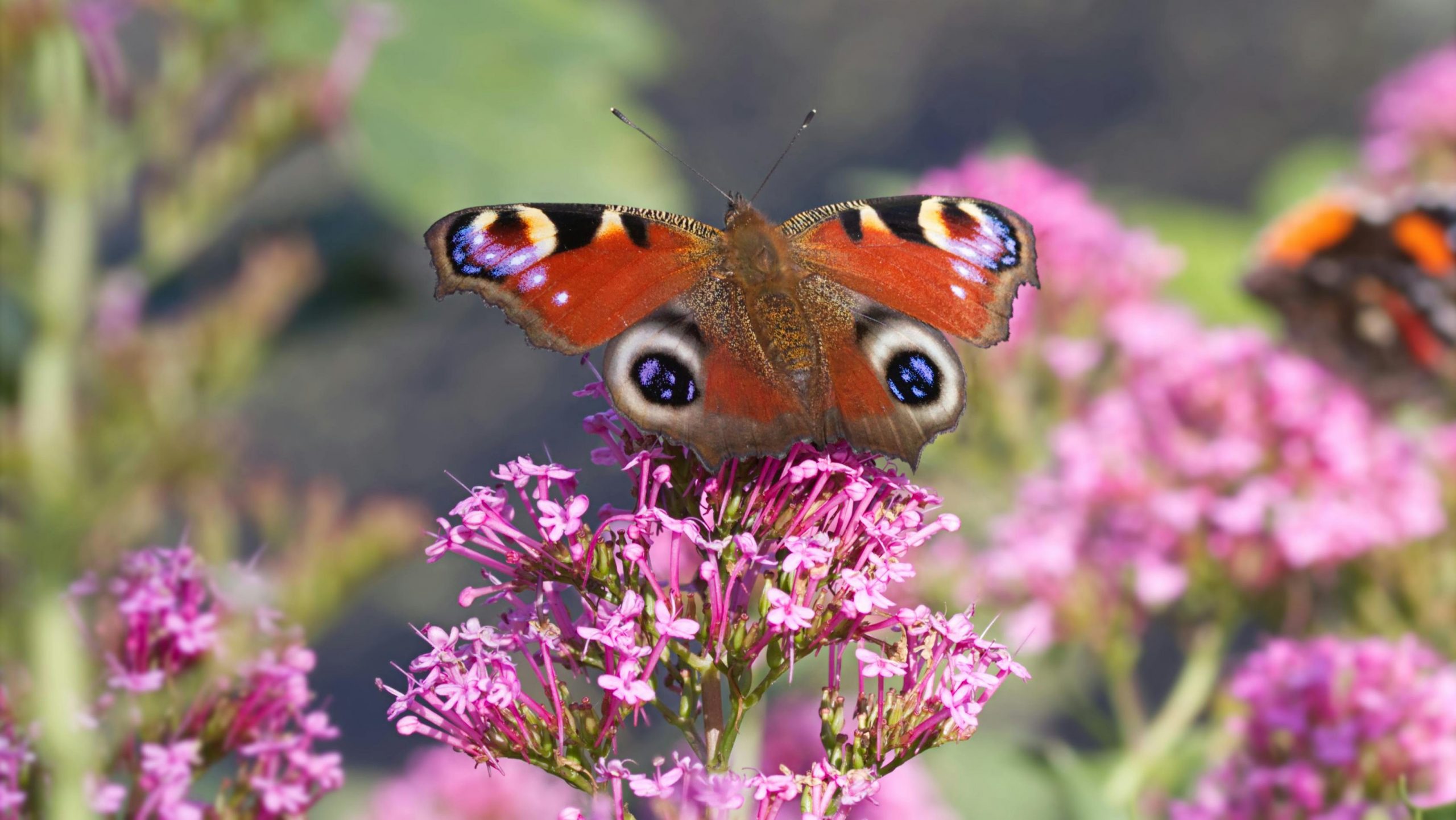
Create Butterfly and Bee Gardens:
Plant flowers that attract butterflies and bees such as Buddleja, Sedum, Hebe, Echinacea and Lavender. Include a mix of nectar-rich plants to support these pollinators.
Adopting just a few of these ideas, you can create a garden that supports a diverse range of wildlife, contributing to a healthier and more balanced ecosystem.

